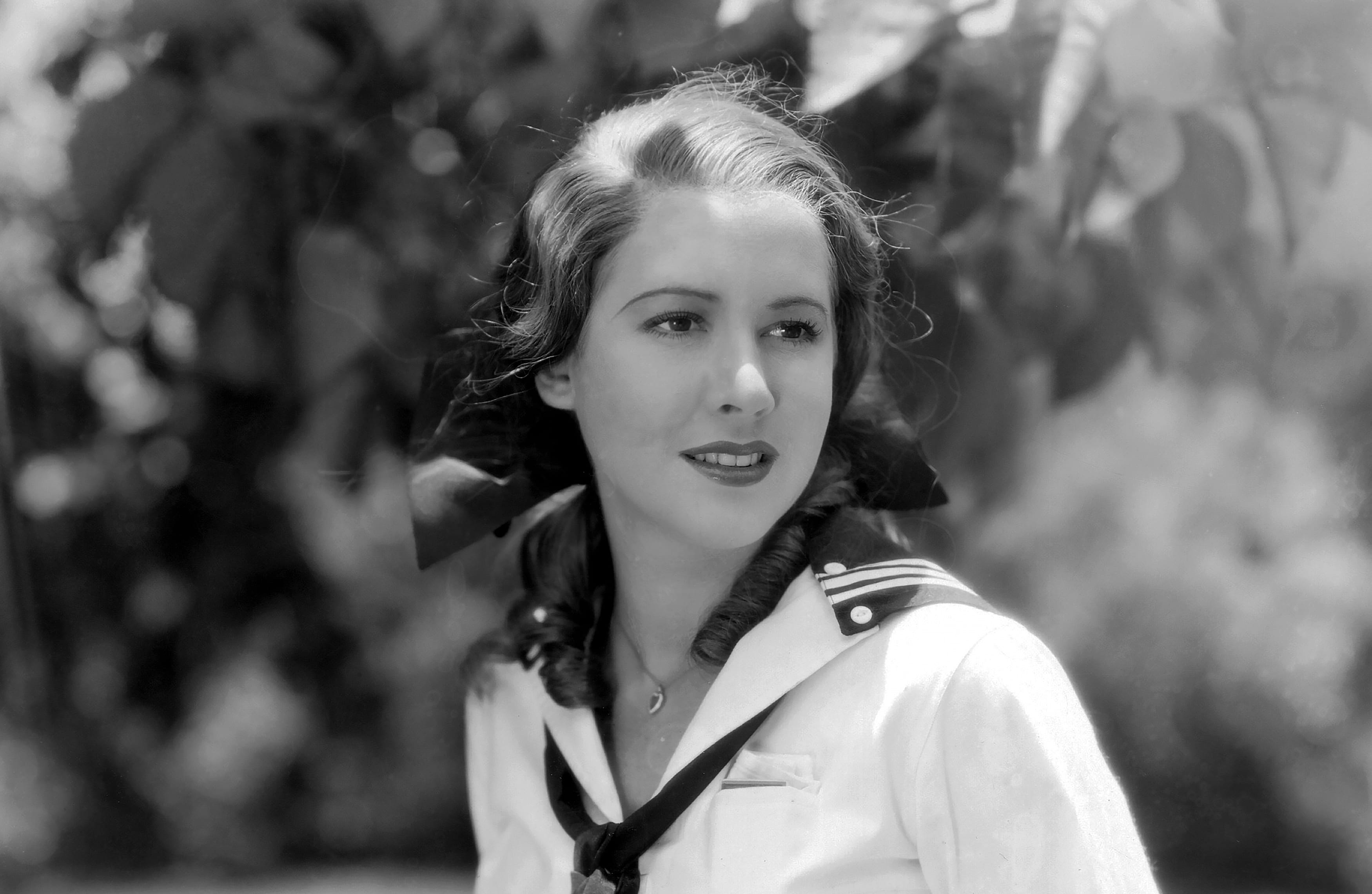Mae Clarke

About
Biography
Filmography
Family & Companions
Biography
Mae Clarke will forever be remembered as the petulant girlfriend who got half a grapefruit in the kisser from James Cagney in The Public Enemy (1931). But there was more to her than that; Clarke had a respectable ? if brief ? career as a leading lady in pre-Code movies of the early 1930s, and continued in films as a character actress in minor roles. She had an easy, natural acting style and, in her youth, a sparkling personality. Anita Loos was said to have modeled the character of Lorelei Lee in Gentlemen Prefer Blondes (1953) after her.
Clarke was born Violet Mary Klotz in Philadelphia in 1910 and began her professional career as a dancer in New York City, where she shared a room with the young Barbara Stanwyck. She made her Broadway stage debut in 1926 in Stanwyck?s The Noose, and appeared in some ?B? movies at Fox beginning in 1929.
The year 1931 was a banner one for Clarke, who gained notice for her touching performance as prostitute Molly Molloy in United Artists? The Front Page. She then signed with Universal, winning critical praise for playing the lead in Waterloo Bridge. Clarke?s heroine was a tough chorus girl rather than the elegant ballerina of Vivien Leigh?s 1940 remake; she named it as her favorite role. In addition to the Cagney film, she also appeared in the 1931 Frankenstein, playing the doctor?s fiancé who is memorably terrorized by the monster (Boris Karloff).
Clarke was in for more abuse from Cagney in Lady Killer (1933), in which he plays a gang member who becomes a Hollywood star and she?s the no-good dame he drags by the hair and kicks in the rear. She plays another hardened case in Tod Browning?s Fast Workers (1933), which casts John Gilbert as a riveter and Clarke as the girlfriend who?s given to seducing other men. In Parole Girl (1933) she plays a shoplifter who takes amusing revenge on the store manager (Ralph Bellamy) who has helped send her to prison.
Around this time, Clarke suffered nervous collapses on two different occasions due to overwork and marital problems. She also was in a car accident that caused some facial scarring. When she was able to resume work, she found herself playing second fiddle to other actresses: Myrna Loy in Penthouse (1933), Mary Astor in The Man with Two Faces (1934) and Anna Sten in Nana (1934).
With the pre-Code era drawing to a close, Clarke?s ?type? was not so much in demand. By the mid-1940s she was accepting roles with no screen credit, and her frequent movie appearances in the 1950s and ?60s were mostly bits. Examples: In the Joel McCrea Western Wichita (1955) she plays the mother of leading lady Vera Miles. In another Western adventure, Mohawk (1956), she is the wife of Indian chieftain Ted de Corsia. And in the comedy A Big Hand for the Little Lady (1966) she has a quick cameo at a bank window.
Clarke also worked often in television, where the parts were sometimes better, sometimes not. Her last movie role was an uncredited bit in Watermelon Man (1970) starring Godfrey Cambridge. Married and divorced three times, Clarke spent her final years at the Motion Picture and Television Country House and Hospital in Los Angeles, where she died in 1992.
Filmography
Cast (Feature Film)
Cast (Special)
Cast (Short)
Life Events
1923
Debut as cabaret dancer
1925
Stage acting debut
1929
First film as actress, "Big Time"
1970
Retired from film acting to teach drama
Photo Collections
Videos
Movie Clip












Trailer












Family
Companions












